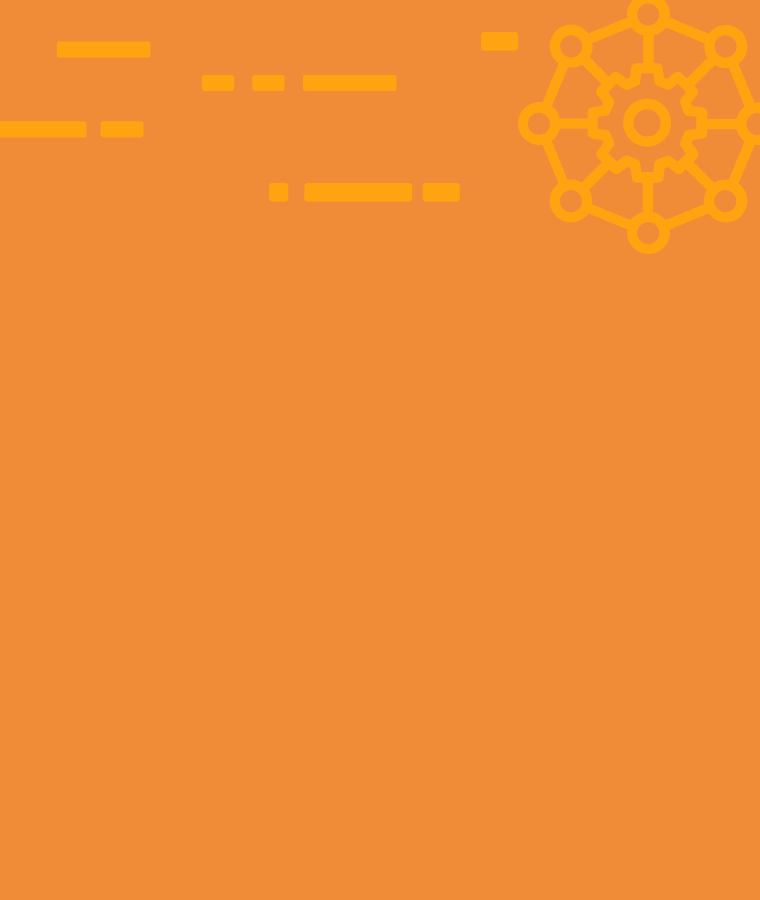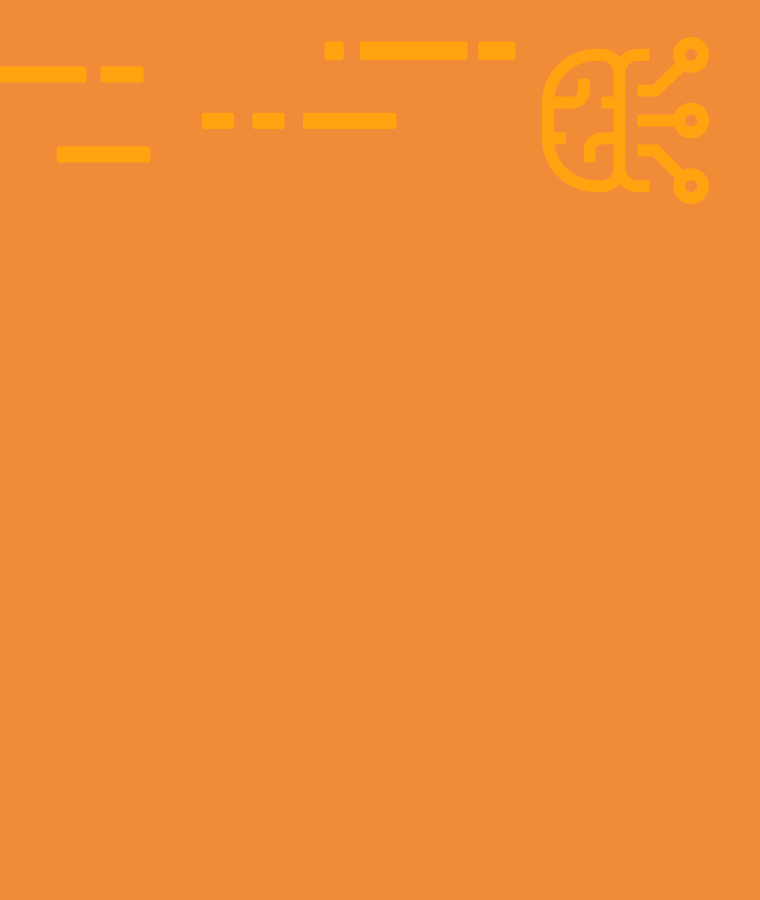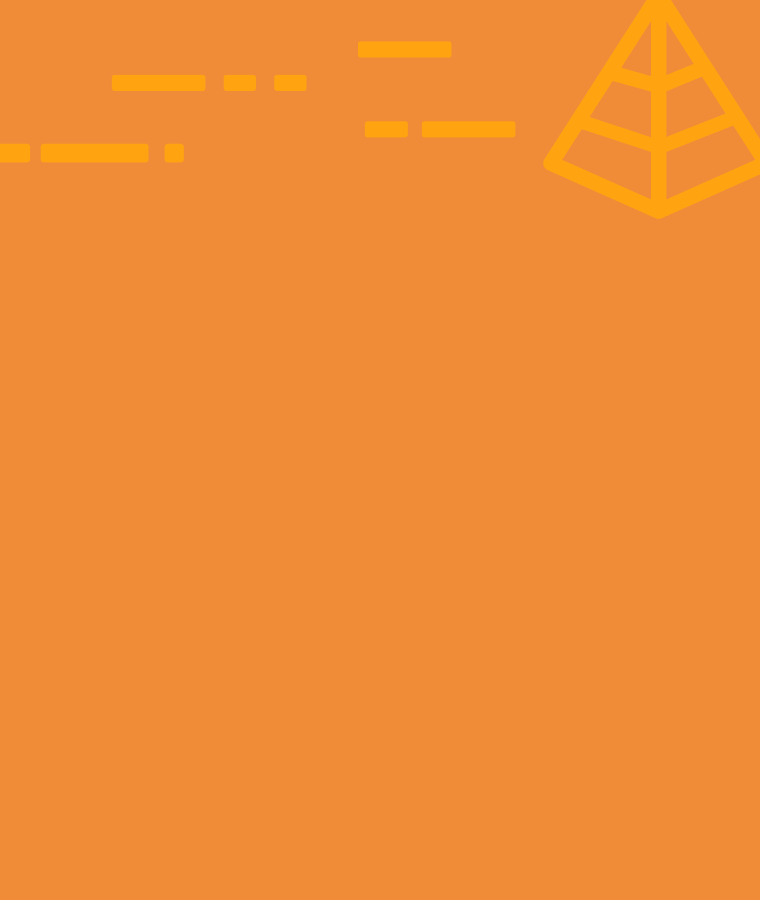
What is a framework?
A framework is a set of pre-written code that provides a basic structure and functionality for a software project. You can think of a framework as the foundation of a house. Just like a house needs a solid foundation to support the walls, roof, and furniture, a software project needs a framework to support the features, design, and logic. A framework helps developers save time, avoid errors, and follow best practices. In this article, we will explore what a framework is, why it’s useful, and how to choose one for your project.
Why use a framework?
Employing frameworks saves effort and minimizes the possibility of mistakes, as you do not have to start from scratch and thus have fewer opportunities to make errors. Additionally, frameworks have gone through testing, reducing concern and providing peace of mind. Other benefits include:
- Increased efficiency: A framework provides a lot of common functionality that developers don’t have to write from scratch, such as authentication, database access, and user interface components. This means developers can focus on the core features and logic of their project, and get it done faster and easier.
- Better organization: A framework follows a certain structure and convention that helps developers organize their code in a consistent and logical way. This makes the code easier to read, understand, and modify. It also helps developers avoid code duplication and inconsistency, which can lead to bugs and confusion.
- Easier maintenance: A framework makes the code more modular and reusable, which means developers can update and change parts of the code without affecting the whole project. This also makes the code easier to test and debug, as well as to scale and extend. A framework also ensures that the code follows the latest standards and best practices, which improves the quality and security of the code.
- Ability to write code specific to the project: A framework does not limit the creativity and flexibility of developers. On the contrary, it allows developers to write code that is specific and tailored to the project’s needs and goals. A framework provides a base layer of functionality, but developers can customize and extend it as they wish, using their own logic and style.
- Easier to work on sophisticated technologies: A framework can help developers work on sophisticated and cutting-edge technologies, such as artificial intelligence, machine learning, and blockchain. A framework can provide the necessary tools and libraries to integrate these technologies into the project, as well as the documentation and support to learn and use them effectively.
- Code is pre-tested and hence more reliable: A framework is usually developed and maintained by a community of experts and enthusiasts, who test and improve the code regularly. This means that the code is more reliable and less prone to errors and bugs. A framework also follows the principle of “don’t reinvent the wheel”, which means that it uses proven and trusted solutions that have been used and tested by many other developers.
Types of frameworks
Web application frameworks
Bootstrap: Bootstrap is a popular front-end framework for designing responsive and mobile-first web pages. It is built upon HTML, CSS, and JavaScript, and provides a wide range of pre-designed components, such as navigation bars, buttons, forms, and modals. Companies that are using Bootstrap include Spotify, Twitter, and Lyft.
Vue: Vue is a progressive front-end framework for building user interfaces and single-page applications. It is built upon JavaScript, and provides a simple and flexible way to create reactive and reusable components, as well as to integrate with other libraries and tools. Companies that are using Vue include Alibaba, Xiaomi, and Grammarly.
Angular: Angular is a comprehensive front-end framework for building large-scale and complex web applications. It is built upon TypeScript, a superset of JavaScript, and provides a powerful and opinionated way to create components, services, and modules, as well as to handle routing, forms, and testing. Companies that are using Angular include Google, Microsoft, and IBM.
Flask: Flask is a lightweight and flexibleback-end framework for building web applications and APIs. It is built upon Python, and provides a simple and elegant way to create routes, templates, and request handling, as well as to integrate with other libraries and databases. Companies that are using Flask include Netflix, Reddit, and Lyft.
Django: Django is a full-featured back-end framework for building web applications and APIs. It is built upon Python, and provides a robust and secure way to create models, views, and controllers, as well as to handle authentication, authorization, and administration. Companies that are using Django include Instagram, Pinterest, and Mozilla.
Ruby on Rails: Ruby on Rails is a popular back-end framework for building web applications and APIs. It is built upon Ruby, and provides a convention-over-configuration approach to create models, views, and controllers, as well as to handle routing, migrations, and testing. Companies that are using Ruby on Rails include Airbnb, GitHub, and Shopify
Laravel: Laravel is a modern back-end framework for building web applications and APIs. It is built upon PHP, and provides a clean and elegant way to create routes, controllers, and views, as well as to handle validation, authentication, and caching.
Spring: Spring is a popular and widely used Java framework that provides a comprehensive programming and configuration model for modern Java-based applications. It offers various features such as Inversion of Control (IoC), Aspect-Oriented Programming (AOP), and transaction management, making it a robust and flexible solution for developing enterprise-grade applications.
Mobile development frameworks
Flutter: Flutter is a cross-platform framework for building native and beautiful mobile applications. It is built upon Dart, a modern and expressive language, and provides a fast and reactive way to create widgets, animations, and state management. Companies that are using Flutter include Google, Alibaba, and eBay.
Xamarin: Xamarin is a cross-platform framework for building native and performant mobile applications. It is built upon C#, a powerful and versatile language, and provides a unified and consistent way to create user interfaces, access native features, and share code across platforms. Companies that are using Xamarin include Microsoft, Slack, and Pinterest.
Ionic: Ionic is a hybrid framework for building web-based and progressive mobile applications. It is built upon HTML, CSS, and JavaScript, and provides a flexible and easy way to create components, themes, and plugins, as well as to integrate with other frameworks and tools. Companies that are using Ionic include IBM, McDonald’s, and Sworkit.
Data Science frameworks
PyTorch: PyTorch is a flexible and dynamic framework for building deep learning and machine learning models. It is built upon Python, a popular and easy-to-use language, and provides a fast and intuitive way to create tensors, gradients, and neural networks, as well as to integrate with other libraries and tools. Companies that are using PyTorch include Facebook, Uber, and Salesforce.
TensorFlow: TensorFlow is a comprehensive and scalable framework for building deep learning and machine learning models. It is built upon Python, C++, and CUDA, and provides a powerful and efficient way to create tensors, graphs, and operations, as well as to deploy and serve models on different platforms and devices. Companies that are using TensorFlow include Google, Airbnb, and Twitter.
Scikit-learn: Scikit-learn is a simple and efficient framework for building machine learning and data analysis models. It is built upon Python, NumPy, and SciPy, and provides a wide range of algorithms and tools for classification, regression, clustering, and dimensionality reduction, as well as for preprocessing, feature extraction, and model evaluation. Companies that are using Scikit-learn include Spotify, ING, and Evernote.
Keras: Keras is a high-level and user-friendly framework for building deep learning and machine learning models. It is built upon TensorFlow, Theano, and CNTK, and provides a simple and modular way to create layers, models, and callbacks, as well as to train and evaluate models on different datasets and metrics. Companies that are using Keras include Netflix, Yelp, and Square.
Pandas: Pandas is a powerful and flexible framework for data manipulation and analysis. It is built upon Python, NumPy, and Matplotlib, and provides a fast and easy way to create data frames, series, and panels, as well as to perform indexing, grouping, merging, and plotting. Companies that are using Pandas include JPMorgan Chase, Capital One, and BlackRock.
How to choose a framework?
Choosing a framework is an important decision that can affect the success and efficiency of a project. Not all frameworks are suitable for every project, and there are several factors that need to be considered before choosing one.
- The programming language: The programming language is the basic building block of any framework, and it determines the syntax, features, and performance of the code. Different languages have different strengths and weaknesses, and they may be more or less compatible with the project’s goals and requirements. For example, Python is a popular and easy-to-learn language, but it may not be the best choice for high-performance or low-level applications.
- The size of the project: The size of the project refers to the complexity, scope, and duration of the development process. Different frameworks have different levels of abstraction and functionality, and they may be more or less suitable for different project sizes. For example, a lightweight and flexible framework, such as Flask, may be ideal for a small and simple project that requires minimal configuration and customization, but it may not be enough for a large and complex project that requires more features and structure. On the other hand, a comprehensive and robust framework, such as Django, may be perfect for a large and complex project that requires more security and functionality, but it may be too heavy and restrictive for a small and simple project that requires more freedom and creativity.
- The level of customization required: The level of customization required refers to the degree of flexibility and control that the developer wants to have over the framework’s behavior and appearance. A progressive and reactive framework, such as Vue, may be ideal for a project that requires a high level of customization and interactivity, but it may not be the best choice for a project that requires a consistent and standardized look and feel.
- The community: The community refers to the network of developers, users, and supporters that are involved with the framework. The community can provide valuable resources and support for the development process, such as documentation, tutorials, forums, and libraries.
Conclusion
Frameworks are an essential and exciting part of the development process, and they can make a huge difference in the quality and efficiency of the applications. Frameworks can also offer a lot of learning opportunities and challenges, as they can expose the developer to new concepts, techniques, and paradigms.
However, not all frameworks are suitable for every project, and there are several trade-offs and benefits involved in choosing one. Therefore, it is important to evaluate the project’s goals and requirements, and to compare and contrast the different frameworks that are available, in order to find the best fit.


